How to Share Yourself Strategically (Without Oversharing and Sabotaging Your Brand)
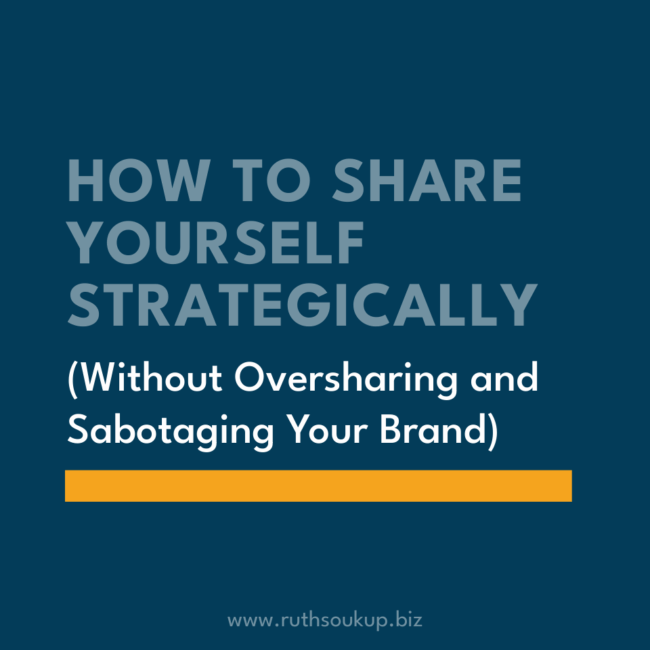
Tired of feeling like you have to choose between being “authentic” and being seen as an authority? Here’s how to do both—without sacrificing your business or your boundaries.
Look, let’s get real about something that’s costing you sales right now: oversharing is killing your business credibility.
I know, I know. Every marketing guru out there is preaching “radical authenticity” and telling you to “just be vulnerable” on social media. Show your messy desk! Film your breakdown! Let them see the “real you”!
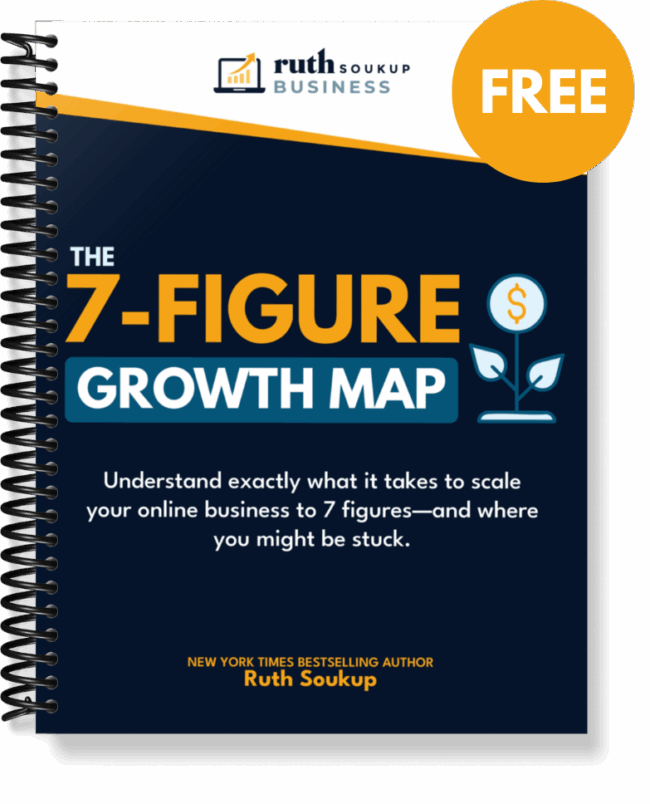
Still Stuck at 6 Figures?
There’s a Reason.
If your business has momentum—but scaling still feels like a grind—you don’t need more tactics.
You need the right strategy.
The 7-Figure Growth Map reveals the exact framework I’ve used to build four multimillion-dollar brands—and what our Powerhouse clients use to scale sustainably, without burnout or busywork.
Grab your free copy and find out what’s keeping you from the next level.
But here’s what those gurus won’t tell you: when you turn your business platform into a therapy session, you don’t build trust—you obliterate it.
Your dream clients—those brilliant, action-taking entrepreneurs who are ready to invest serious money to solve real problems—aren’t looking for another friend to commiserate with.
They’re looking for a proven leader who can take them where they want to go.
And when they see you posting every random thought, struggle, or “behind-the-scenes meltdown” without a strategic purpose? They don’t think, “Wow, she’s so relatable!” They think, “This person doesn’t have their stuff together enough to help me.”
The Oversharing Trap That’s Costing You Clients
Let’s talk about something that doesn’t get said enough in the online business world:
Vulnerability is powerful—but only when it’s used strategically.
There’s a fine line between sharing your story to build trust… and accidentally repositioning yourself as someone who still needs saving.
I’ve seen entrepreneurs—smart, capable women—post vulnerably every day, pouring their hearts out about their struggles.
Their engagement skyrockets. DMs flood in. Everyone praises their “authenticity.”
But their sales? They flatline.
Why?
Because when your content positions you as someone still in the struggle, it’s hard for your audience to see you as the solution.
The shift isn’t to stop being real. It’s to be strategic about how and when you share.
Instead of trauma-dumping in your captions or processing live on your audience, focus on sharing stories where you’ve already found your way through the hard part.
Show the transformation.
Speak from the scar, not the wound.
That’s what builds both trust and authority.
And that’s the kind of content that converts.
My 5 Rules for Powerful Sharing
If you’re ready to build true CEO-level authority (while still being human), here’s the exact framework I’ve refined over 15+ years of building successful online businesses:
1. Share from the Scar, Not the Wound
Your dream customers don’t need to watch you bleed in real-time.
They need to see the battle-tested wisdom you’ve gained from healing.
Wrong approach: “I’m so overwhelmed today! My funnel’s broken, my VA quit, and I’ve been crying for an hour. Entrepreneurship is hard, y’all!”
My approach: “Three years ago, my business nearly imploded when my entire team quit during a launch. Here’s the exact CEO system I built to prevent that from ever happening again—and how you can implement it before you hit the same wall.”
2. Filter Every Story Through Their Journey
Your personal experiences only matter if they directly connect to your client’s path to 7 figures. Every story should map to a specific pain point, desire, or transformation your dream clients want.
Before sharing, ask: “What specific result will this help my audience achieve?”
If you can’t immediately answer that question, it doesn’t belong on your business platform.
3. Ruthlessly Edit for Impact
Your audience doesn’t have time for your three-page journal entry or 20-slide rant.
They need the million-dollar insight.
Keep your vulnerability tight, purposeful, and laser-focused on the transformation. Get to the point, deliver the value, and move on. My rule? No personal story should take more than 20% of any content piece.
4. Anchor Every Share to Strategic Conversion
Every personal story should lead naturally to your solution. Not in a sleazy way, but in a “this is the logical next step” way.
You’re not sharing just to be known. You’re sharing to be trusted as the guide who can help them scale smarter.
Ask yourself: “Does this story naturally bridge to my offer or methodology?”
If it doesn’t, you’re just creating content for content’s sake—and that’s not a CEO move.
5. Create Sacred Boundaries
Some parts of your life simply don’t belong on your business platform.
Your intimate partnerships, your children’s private moments, your political rants, your unprocessed trauma—these aren’t content. They’re sacred.
Protecting these boundaries doesn’t make you inauthentic. It makes you a professional.
I’ve built a $25M+ empire sharing less than 10% of my personal life online. You don’t need to expose everything to connect deeply.
The 3 Strategic Story Types Every 7-Figure CEO Needs
When you’re scaling beyond six figures, you need to systematize everything—including your storytelling. I teach my Powerhouse clients to rotate these three specific story types for maximum authority and conversion:
1. Authority Stories (25% of your content)
These position you as the expert and trusted guide. They showcase your journey from struggle to solution and provide tangible proof that you’ve cracked the code your clients need.
Example: How I transformed my launch-dependent business into an evergreen machine that generates consistent monthly recurring revenue without a single webinar.
Hook template: “The exact system I used to [big result] after [significant struggle]—and how you can implement it even faster.”
2. Client Transformation Stories (50% of your content)
These spotlight the success your clients or customers have achieved by implementing your methodology. They build belief and create powerful social proof.
Example: How one of my clients went from burned-out coach working 70-hour weeks to running a streamlined 7-figure business on just 25 hours per week using our Powerhouse Freedom Path.
Hook template: “From [painful before state] to [desirable after state]: How [ideal client example] used [your method] to achieve [specific result] in [timeframe].”
3. Strategic Invitation Stories (25% of your content)
These create natural bridges between your audience’s current challenges and your solution. They open the door for your audience to take the next logical step with you.
Example: Sharing the exact moment I realized my business model was broken, the three-step system I created to fix it, and how my Powerhouse program now guides clients through the same transformation in half the time it took me.
Hook template: “The [timeframe] turning point that changed everything in my business—and the [specific offer] that will help you [desired outcome] without [painful process you went through].”
Rotate through these intentionally, and your content won’t just inspire—it will drive real business results.
5 Questions to Ask Before You Share
Before you post anything personal online, run it through this strategic filter I’ve developed:
✓ Is this story shared from a place of wisdom, not raw emotion? If you’re still in the middle of processing it, it’s not ready to be content.
✓ Does it directly connect to my audience’s journey toward 7 figures? Your champagne clients don’t care about your random Tuesday thoughts. They care about scaling smarter.
✓ Have I distilled this down to the strategic lesson that drives results? Cut the fluff. Deliver the gold.
✓ Am I protecting my energy and the private aspects of my life? Not everything needs to be monetized or shared.
✓ Will this strengthen my positioning as THE go-to authority in my space? If it doesn’t build your credibility, it’s undermining it.
If you can check all five boxes, share with confidence. If not? Save it for your personal journal or private circle.
Strategic Vulnerability Is Your Competitive Edge
Here’s the truth: if you’re building a real business—not a hobby or a brand built on being liked—you need to treat your personal sharing as the strategic asset it is.
Your story isn’t just content. It’s currency.
Your experiences aren’t just relatable. They’re roadmaps.
Your vulnerability isn’t just connecting. It’s converting.
The real goal isn’t just to be known. It’s to be trusted as the mentor who delivers transformative results.
And that requires intention, boundaries, and strategic thinking about every personal element you share.
This isn’t about being fake or calculated. It’s about being a damn good CEO who understands that every piece of content serves your business vision and your clients’ transformation.
Frequently Asked Questions
<h3>What does it mean to “share from the scar, not the wound”?</h3>
<p>Sharing from the scar means you’re telling a story you’ve already processed and grown from—one that demonstrates wisdom and leadership. Sharing from the wound is when you’re still emotionally in it, which can erode your audience’s trust and authority perception.</p>
<h3>Can I be vulnerable online without damaging my brand?</h3>
<p>Yes, but it requires intention. Strategic vulnerability builds connection and credibility when done with clarity and boundaries. The key is aligning personal stories to your audience’s goals and your business message.</p>
<h3>What types of stories are most effective for building trust and conversions?</h3>
<p>Three core story types drive results: Authority Stories (showcasing your journey), Client Transformation Stories (highlighting your method’s success), and Strategic Invitation Stories (bridging the gap between audience pain and your solution).</p>
<h3>How much of my personal life should I share in my business content?</h3>
<p>There’s no fixed percentage, but a good rule of thumb is: protect what’s sacred. If it doesn’t serve your audience’s transformation or your positioning as an expert, it likely doesn’t belong in your content strategy.</p>
<h3>How can I tell if I’m oversharing in my content?</h3>
<p>If your content is raw, emotionally unresolved, lacks a clear takeaway, or doesn’t tie back to your offer or expertise, it may be oversharing. Use filters like: Does this build trust? Does this serve my client’s journey? Does this support my positioning?</p>
<h3>What’s the difference between authenticity and oversharing?</h3>
<p>Authenticity means being real, transparent, and relatable—within boundaries. Oversharing crosses into personal venting, trauma-dumping, or using vulnerability without a clear purpose. Strategic authenticity builds businesses. Oversharing builds confusion.</p>
Scale Your Authority Without Sacrificing Your Soul
Inside Powerhouse, I break down this entire framework step-by-step, showing you exactly how to position yourself as the go-to authority in your niche—without burning out or oversharing your way into obscurity.
You’ll learn how to craft your Million-Dollar Messaging that attracts serious clients, build your Cascading Content System that turns one strategic story into weeks of high-converting content, and implement the exact templates I use to generate evergreen sales daily.
Because the truth is, you don’t need to choose between being authentic and being strategic.
You just need a system that lets you do both—intentionally.
Learn more about Powerhouse here.
The days of random, messy “authenticity” are over. It’s time to share with strategy, lead with authority, and scale with intention.
Are you ready to position yourself as the CEO you truly are?

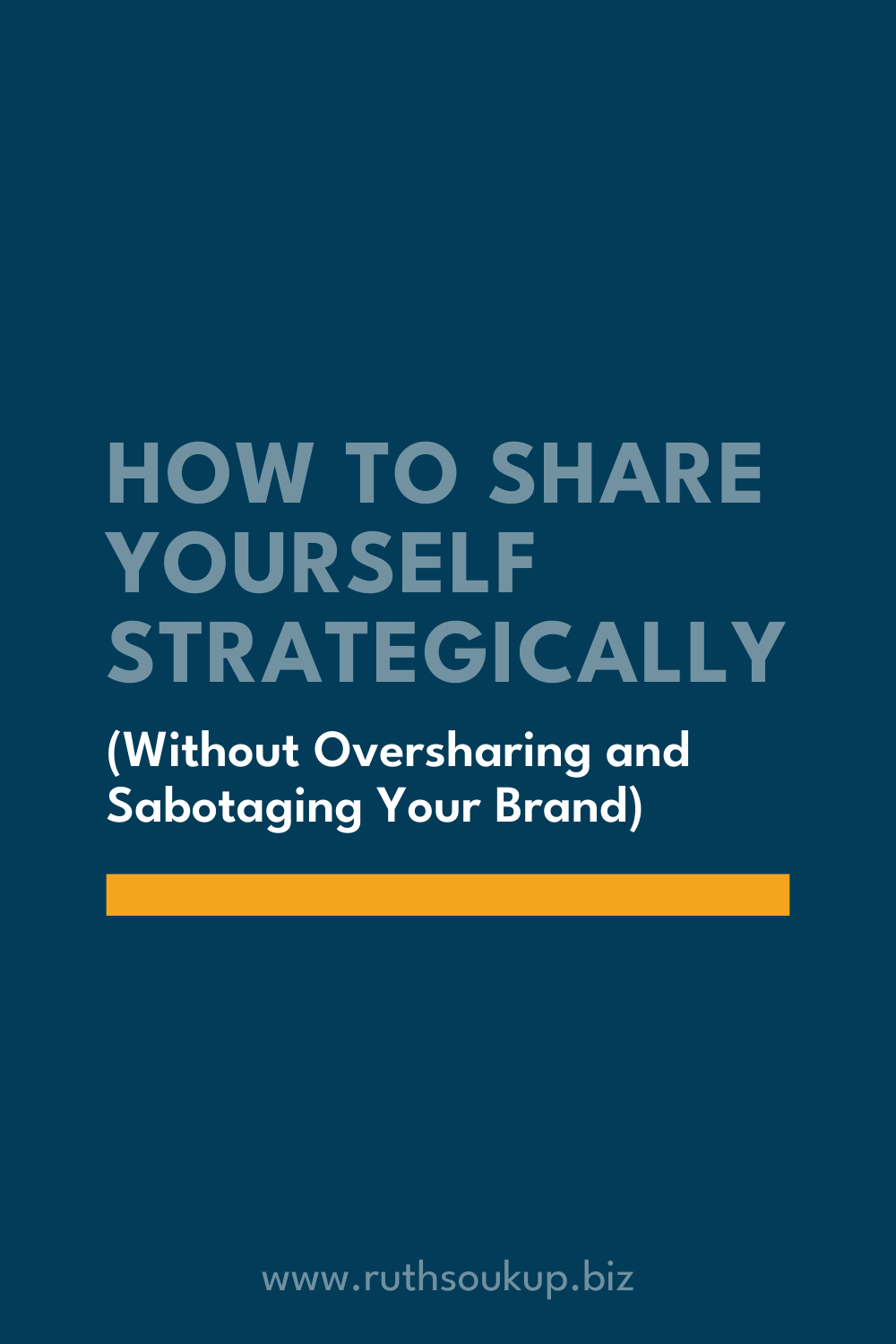
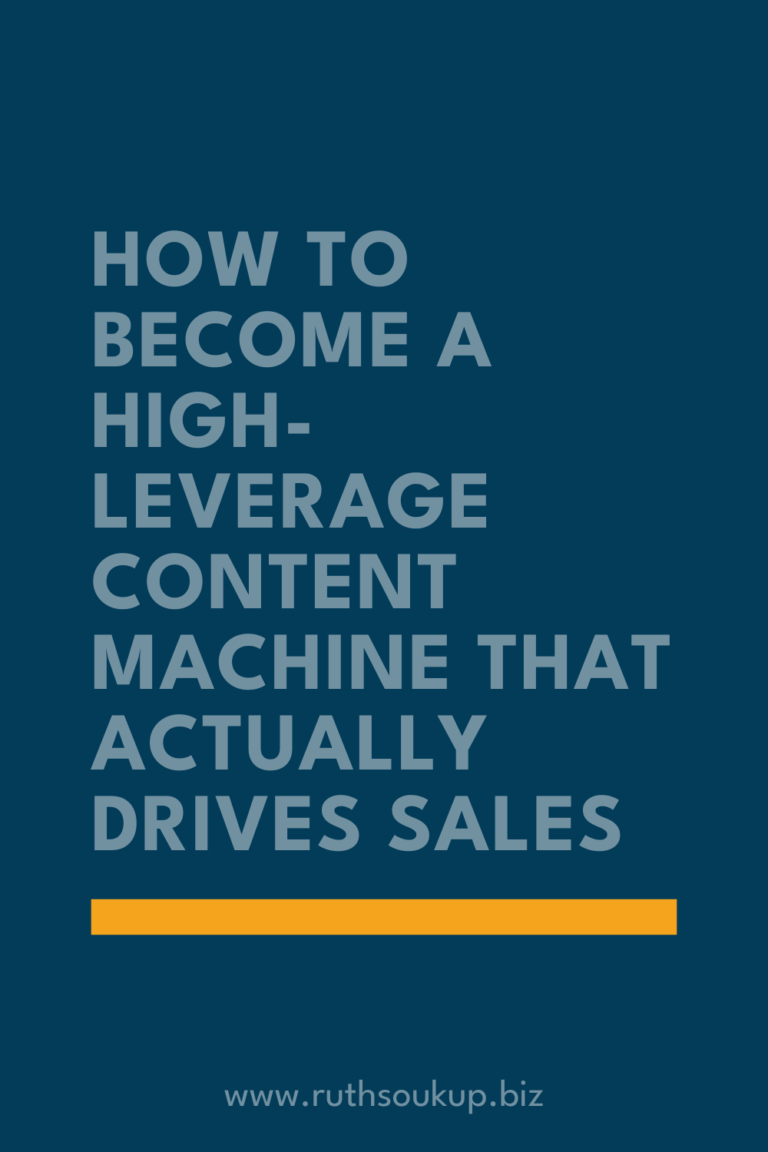
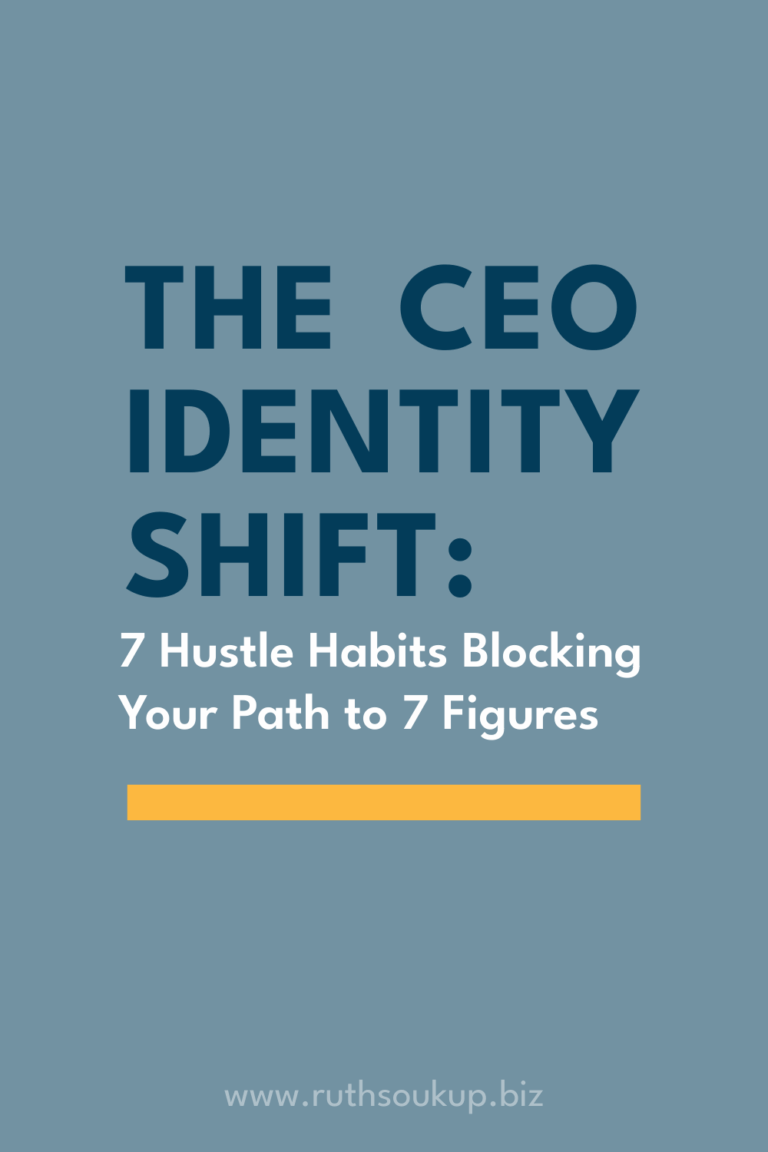
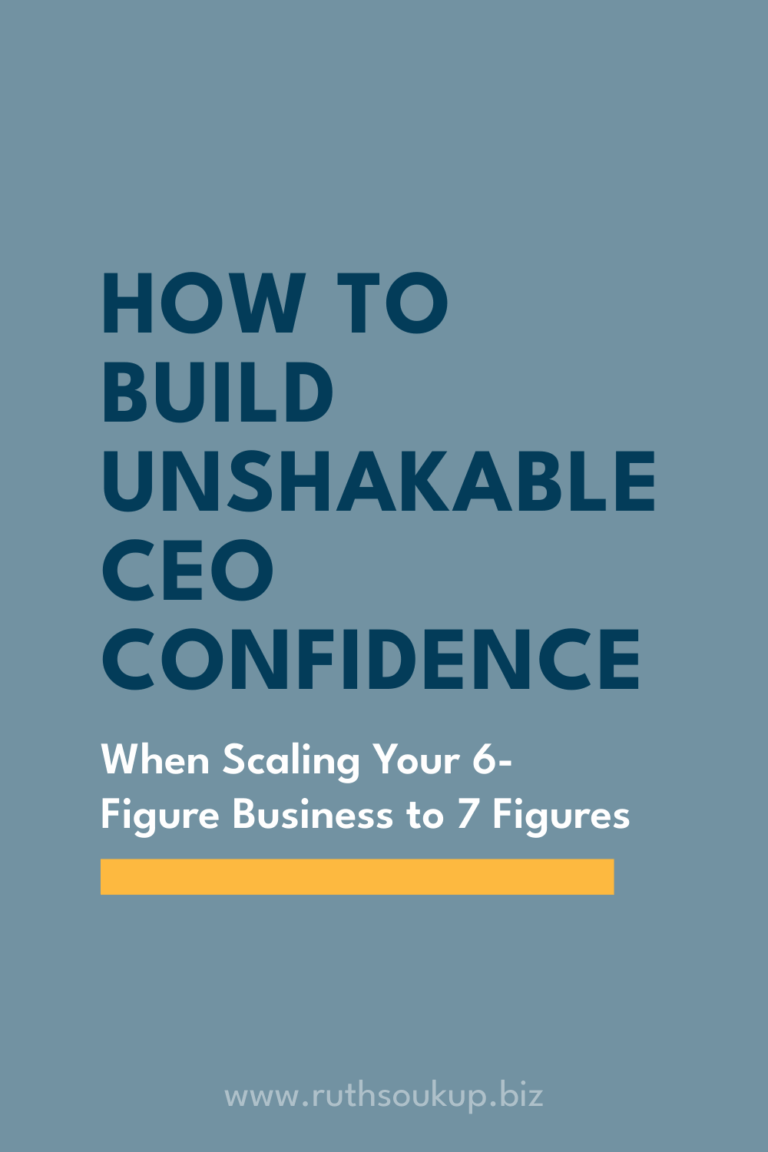
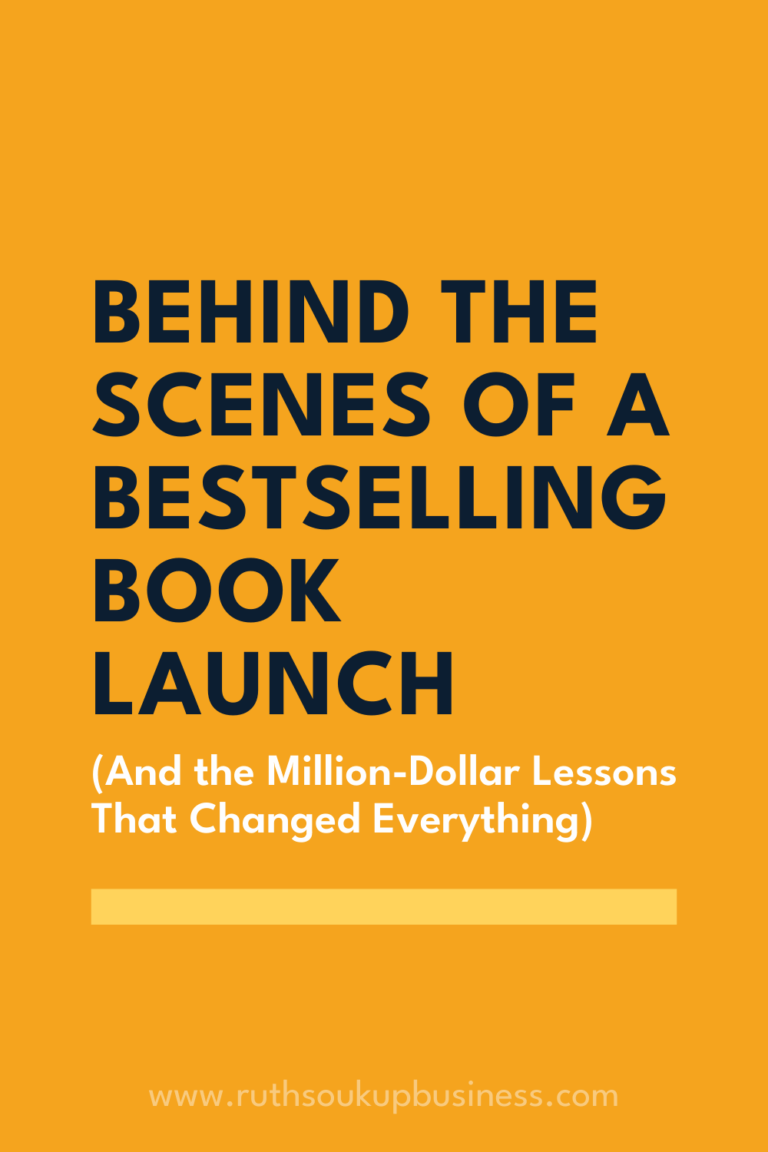
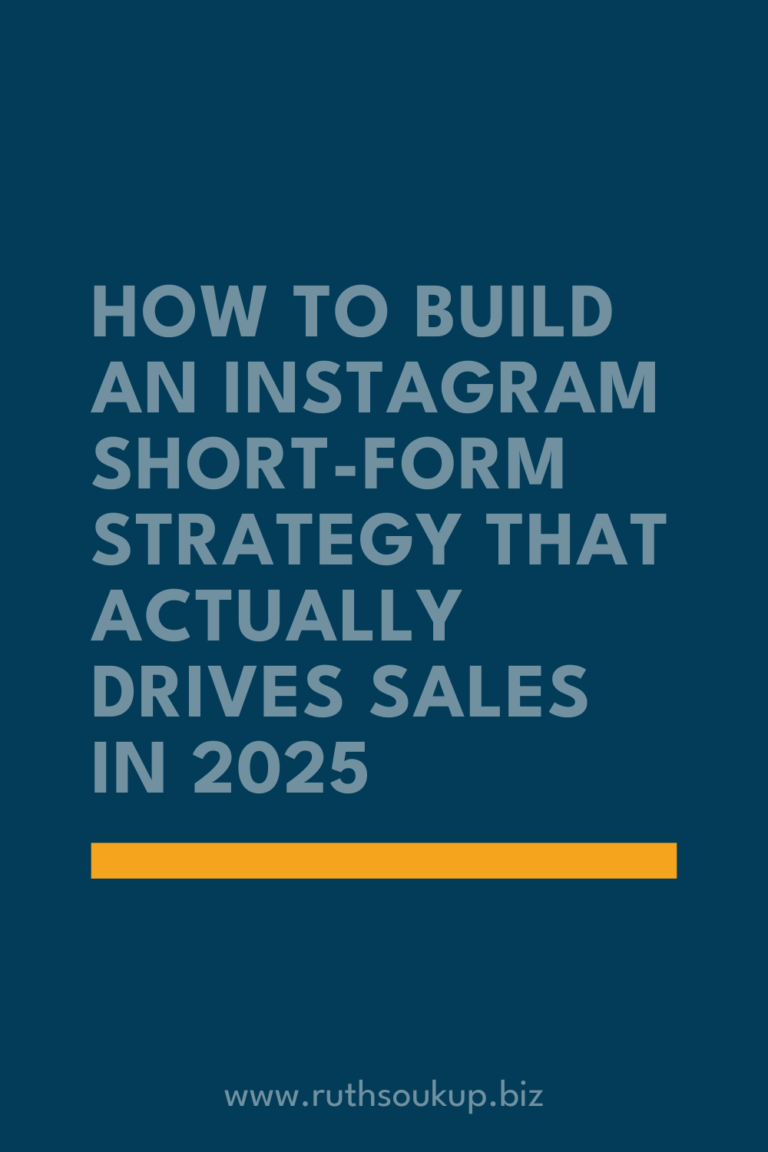

Interesting but I thought this post was going to be about how not to “over-share” about yourself, your kids or your family so as not to divulge too many personal aspects or infringe on their privacy. That’s something I think about all of the time.